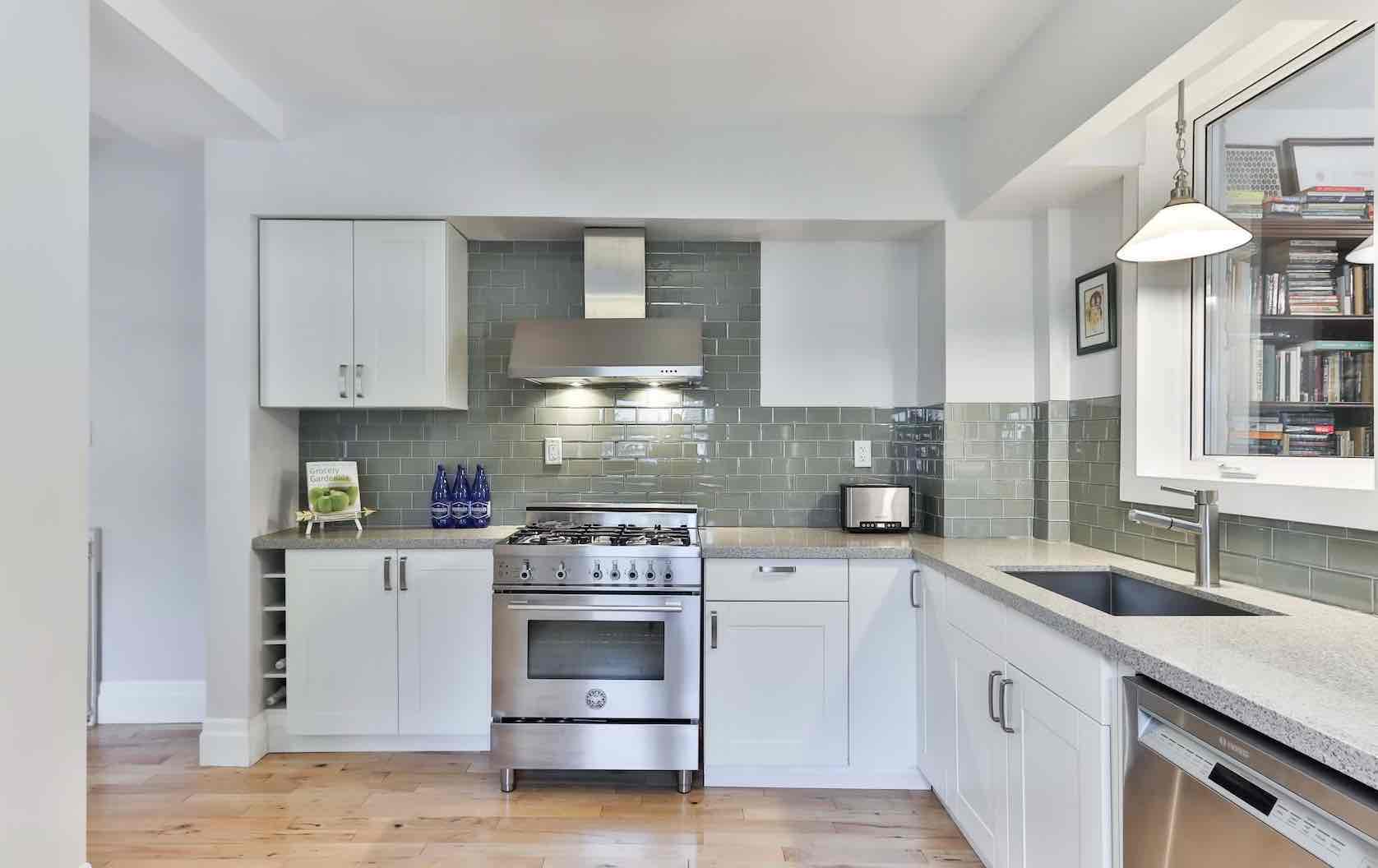
03 Jul Exploring the Various Types of Home Flooding: Understanding the Risks and Solutions
When it comes to protecting our homes, one of the most significant threats is flooding. Flood damage can be devastating, leading to costly repairs and disruption of daily life. It’s important to understand that not all flooding is the same, and different types of flooding can occur in your home. In this blog, we will explore the various types of flooding that can occur and provide valuable insights into their causes, risks, and potential solutions. By familiarizing yourself with these types of flooding, you can take proactive steps to mitigate the risks and protect your home.
- Natural Flooding: Natural flooding is caused by external factors such as heavy rainfall, storms, or overflowing rivers and streams. This type of flooding can occur suddenly and result in significant water damage to your home. To minimize the risks associated with natural flooding, consider installing flood barriers, maintaining proper drainage systems, and ensuring your property is properly graded to redirect water away from your home.
- Plumbing Failures: Plumbing failures, such as burst pipes, leaking fixtures, or faulty appliances, are common causes of indoor flooding. These incidents can result in substantial water damage if not addressed promptly. Regularly inspect your plumbing system, including pipes, fittings, and appliances, for signs of wear or damage. Additionally, consider installing automatic shut-off valves or leak detection devices that can help prevent extensive water damage in case of a plumbing failure.
- Sewer Backups: Sewer backups occur when wastewater or sewage is unable to flow properly through the sewer system and instead backs up into your home. This can happen due to blockages, tree root intrusion, or heavy rain overwhelming the system. Sewer backups pose significant health risks and require immediate attention. To prevent sewer backups, avoid flushing non-biodegradable items down the toilet, install backwater valves, and schedule regular maintenance and inspections of your sewer lines.
- Basement Flooding: Basement flooding is a common occurrence, especially in homes with below-ground levels. It can be caused by various factors, such as heavy rain, foundation cracks, poor drainage, or improper grading. To prevent basement flooding, ensure your gutters and downspouts are clear and functioning properly, grade the soil away from the foundation, seal any cracks in the foundation walls, and consider installing a sump pump with a battery backup system.
- Appliance Malfunctions: Malfunctioning appliances, such as washing machines, dishwashers, or water heaters, can lead to unexpected water leaks and subsequent flooding in your home. Regularly inspect and maintain your appliances, checking hoses, connections, and valves for any signs of wear or damage. Consider installing water leak detection devices near appliances and using reinforced hoses to minimize the risks of appliance-related flooding.
Conclusion
Understanding the different types of flooding that can occur in your home is crucial for taking proactive measures to prevent and mitigate potential risks. By implementing preventive measures, such as maintaining your plumbing system, installing flood protection devices, and being vigilant about potential issues, you can significantly reduce the chances of experiencing costly and damaging floods in your home. Remember, early detection and timely action are key to minimizing the impact of any type of flooding on your property and ensuring the safety and well-being of your household.

